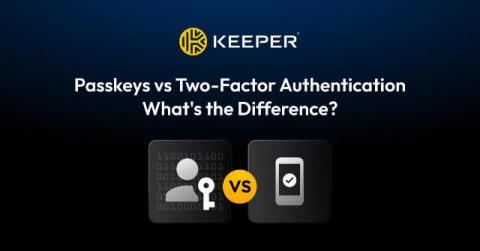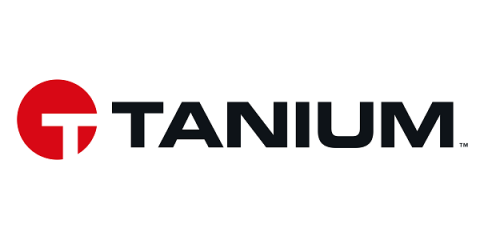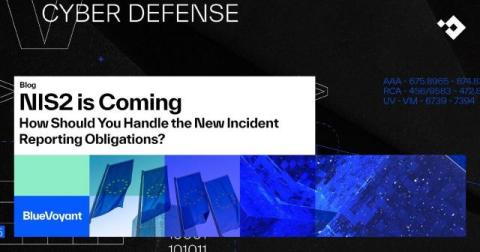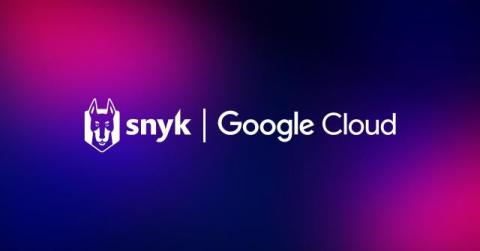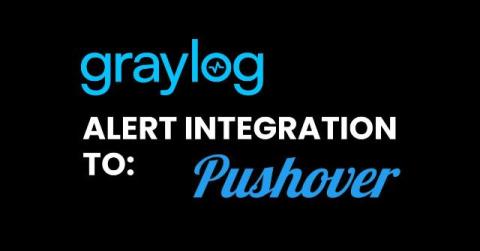Passkeys vs Two-Factor Authentication (2FA): What's the Difference?
The main difference between passkeys and 2FA is that passkeys completely remove the need for individuals to enter a password, whereas 2FA enhances the security of an account by requiring an additional method of authentication in addition to a traditional username and password. Continue reading to learn more about the differences and similarities between passkeys and 2FA, and which is more secure.


